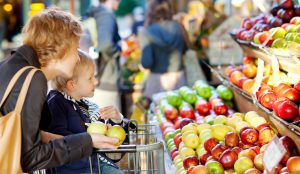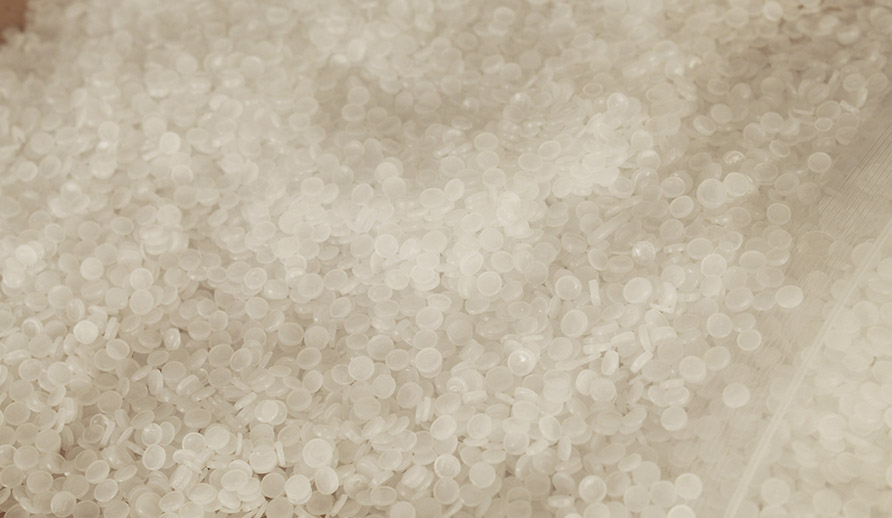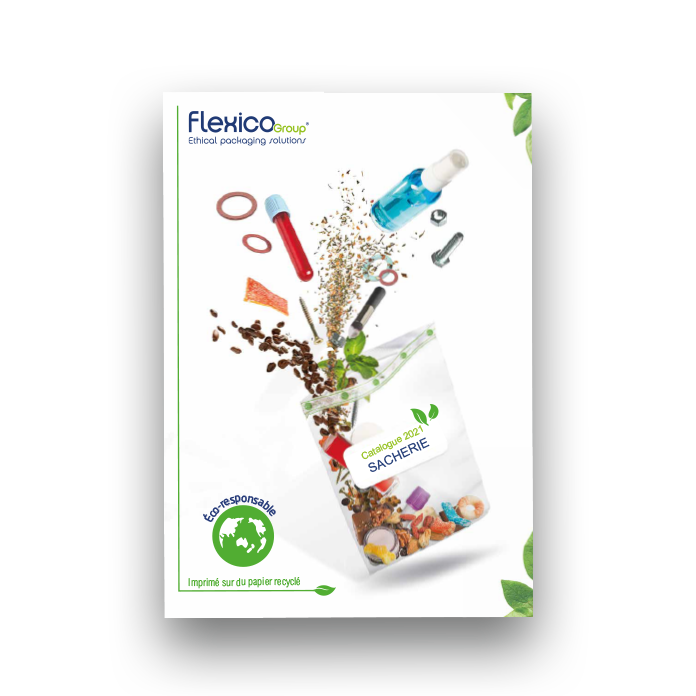
Packaging is much maligned, but it was originally designed for seven specific purposes. The aim of this article is to list and explain their different functions, with the help of the National Packaging Council.
No, packaging is not just a source of waste.
1/ Packaging contains and protects a product
For practical, hygienic or safety reasons, a product, whether solid or liquid, edible or not, is most often packaged. Indeed, it can sometimes be toxic or harmful. In this case, the packaging isolates it from the outside environment, for example from children.
The container also extends the durability. It provides a protective barrier against external influences such as germs or light, which optimises the preservation of perishable goods.
In addition, a package protects against theft. Several products grouped together in the same container are less likely to be stolen than a single product in bulk.
Finally, transport is made easier, for example in the case of liquids and powders. Without packaging, it would be necessary to use tankers for bulk transport, for example, which would compromise retail sales.
2/ Packaging as a source of information
Between regulations, standards and useful information, the amount of information to be included on products can be significant. Logically, it is the packaging that serves as a medium.
Depending on the type of product, the regulations impose this or that type of information that must appear on the packaging. These may include the expiry date, storage conditions, the presence of any allergens, the composition of the product or warnings. “Alcohol abuse is dangerous for your health” is one of the best known.
In addition, in the context of traceability, several indications can be affixed, such as a label or a controlled origin, for example. They are often a guarantee of quality for the consumer and allow a more serene act of purchase.
3/ Packaging offers the possibility of grouping in batches
For several reasons, it is sometimes more practical to group certain products in batches. Nowadays, it would be difficult to consider buying a biscuit or a yoghurt alone. Their weekly consumption is such that it is preferable to group several units together. This reduces the frequency of purchase and makes it easier to handle. This last advantage concerns both consumers and handlers.
Some promotional offers also use this grouping principle. This allows the consumer to buy several products in a single package at once. In addition to the simplicity of handling, this technique offers a better understanding of the promotion.
4/ Packaging makes transport and storage easier
During the transport and storage stages, packaging has many advantages. It protects the products from collisions. Firstly during the various handling operations, but also within the logistics depots. The solutions adopted are varied: corrugated cardboard, plastic film, etc.
In addition, thanks to the information printed directly on the packaging, it is possible to know the contents. As a result, the logistical stages become more responsive and storage and transport times are optimised.
5/ Packaging for consumers
They come in a variety of shapes and forms. Their opening/closing systems are increasingly innovative. Packaging is competing with inventiveness to provide a customer experience in line with everyday needs.
Nomadic, easy to open, resealable, microwave and freezer compatible, easy to handle in all circumstances, recyclable… These adjectives perfectly describe today’s packaging.
Moreover, formats are increasingly adapted to actual consumption. Nowadays, the individual format is opposed to the family format. The different situations of the household are thus taken into account and food waste is controlled.
6/ A product easily packaged thanks to its packaging
The shape of the packaging is not only designed for the customer. The packaging chain is also part of the equation. Several parameters are taken into account at this stage in the life of the product and its container.
With automation, everything has to go fast, work well and cost effectively. However, during the container filling stage, nothing must stop the chain. This is where the shape of the packaging comes into play. The shape of the packaging must not interfere with the automation process in order to meet the economic logic of saving time and therefore money.
In addition, the safety of employees is paramount and their working conditions must not be jeopardised during packaging. It is therefore essential to take this aspect into consideration when studying a new type of packaging.
Finally, this stage is crucial because it marks the end of the journey of an empty package in a packaging line. It finally receives the product it is supposed to carry and protect. The contents must not be damaged, polluted or lost because of the fragility of the packaging.
7/ The packaging is a great marketing tool
A well-known brand, beautiful colours, a clearly identified product… The work of a marketing department consists of conveying an image, values and selling. What could be more natural than to use packaging as a medium for expressing the product and the brand?
Finally, over time, certain “standards” have emerged, allowing certain products to be classified quickly. Milk is a very good example: red packaging for whole milk, blue for semi-skimmed. The consumer spends less time on the shelf and knows exactly what to buy. The clearer and more legible the message displayed, the more likely the consumer is to buy it.
In conclusion, thanks to their seven functionalities, packaging is an integral part of consumers’ daily lives. However, some consumers are seeking to do away with packaging for environmental reasons. Efforts are already being made to reduce over-packaging. Nevertheless, packaging has made incredible progress, both during packaging, storage and transport and in terms of consumer experience.
To find out more about Flexico’s waste management policy, please visit Flexico, an eco-responsible player.


